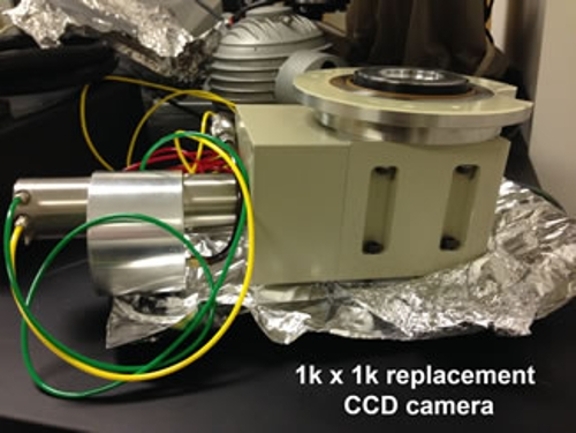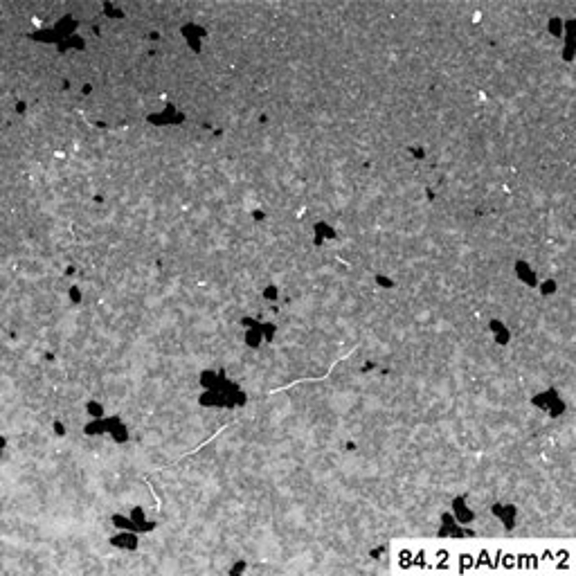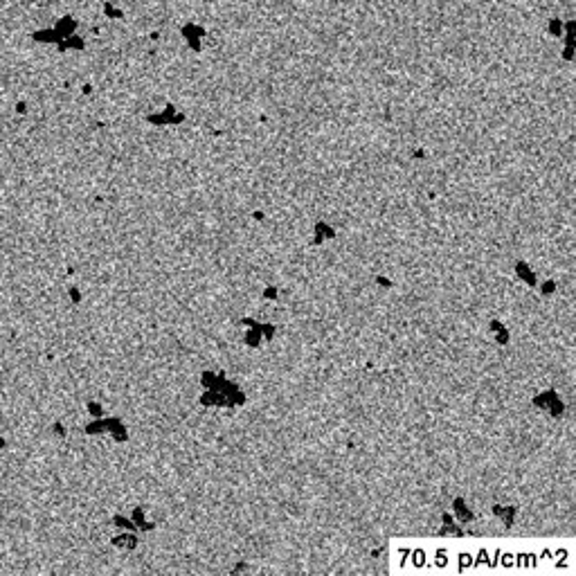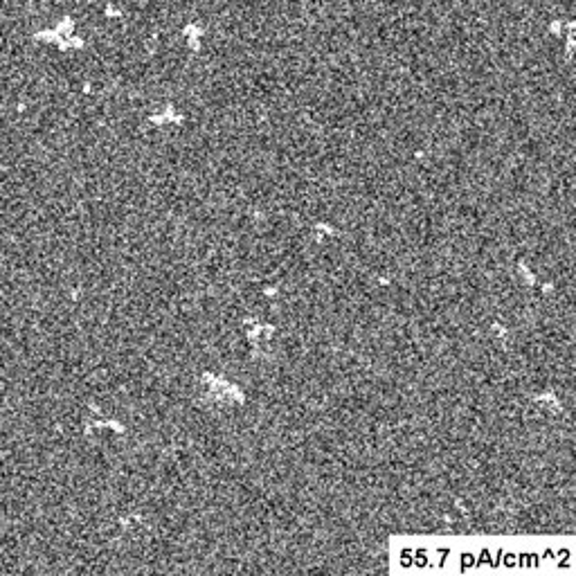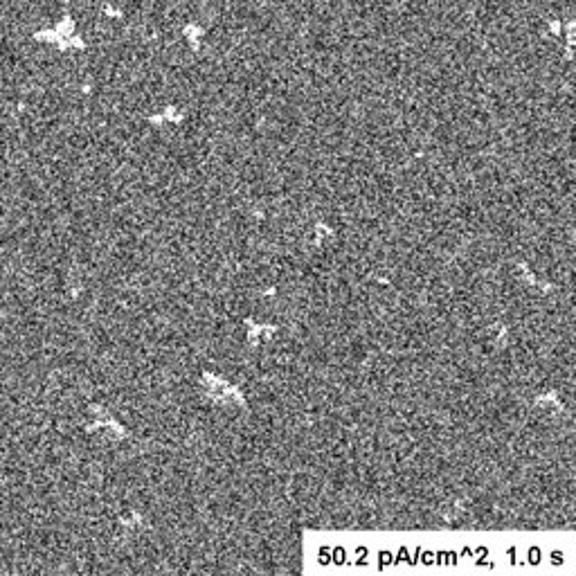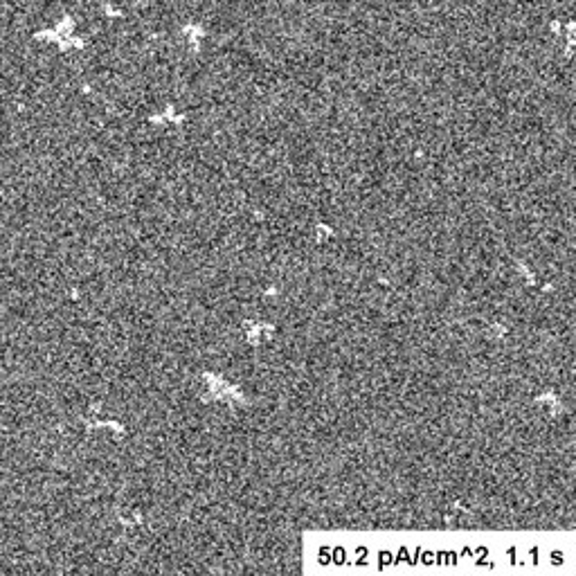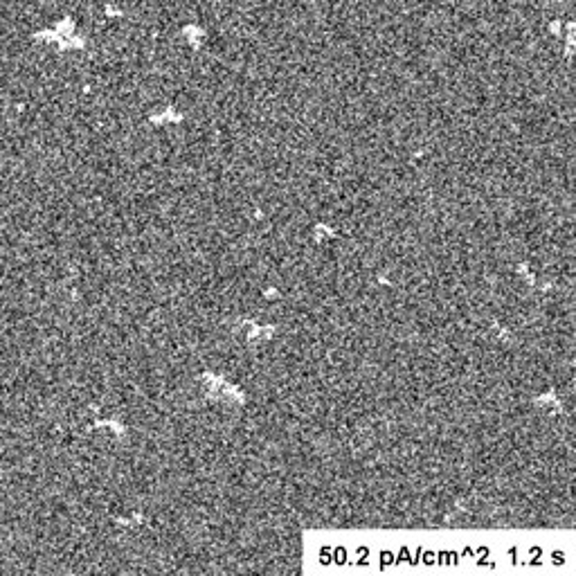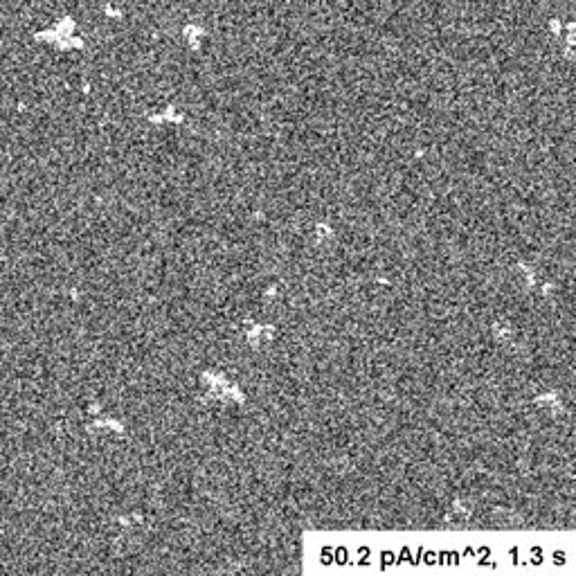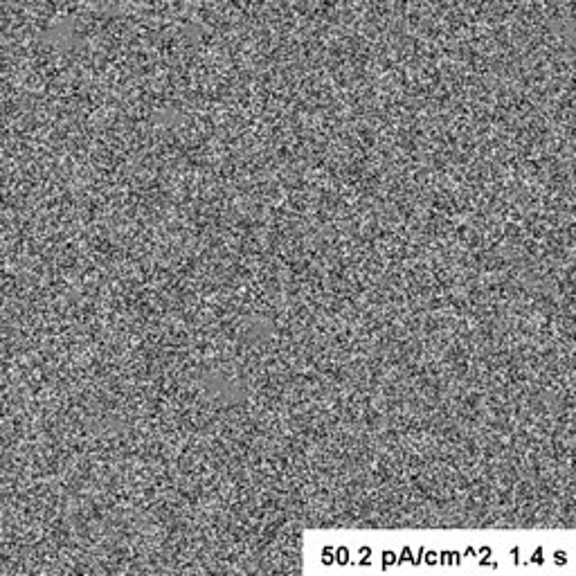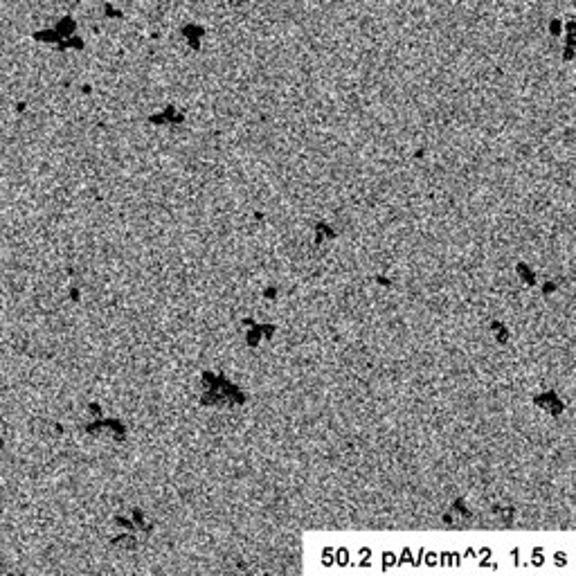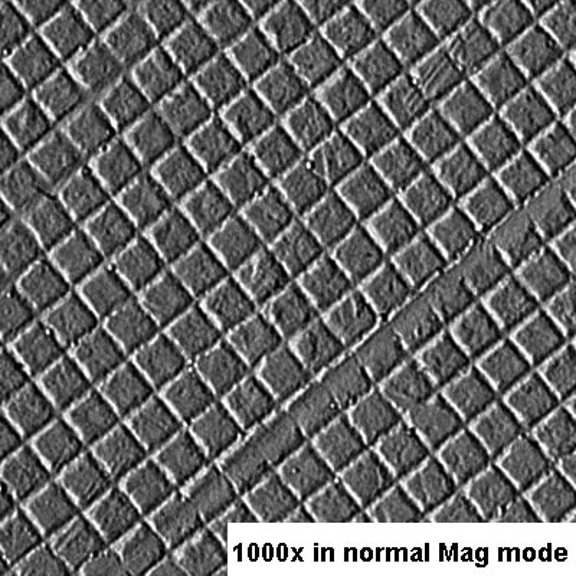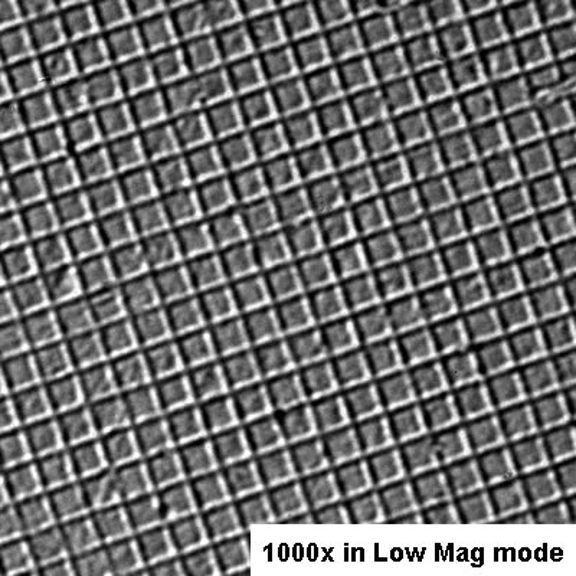The Gatan Ultrascan 890 on the JEOL JEM 1010 (with a 794/20 controller box) started to produce horribly noisy images in late January, 2016. After lengthy trouble shooting and numerous false leads, we determined that the controller box (and not the actual camera) was at fault. Unfortunately, this particular camera is somewhat of an odd beast (a 4k x 4k CCD but run by a 794/20 controller box that is almost always described as the controller for a 2k x 2k MegaScan camera). Gatan only produced about 80 such cameras (so there are essentially no "spare parts" sitting around), and Gatan also no longer supports camera models this old (>10 years). With help from people in the cryoEM community, Gatan and JEOL (especially Wim Hagen at EMBL, Joe Mulqueen with Gatan and Matthew Foil with JEOL), we were able to obtain an older model replacement camera (a MegaScan 794) and to install it on the 1010.
The replacement camera has a 1k x 1k CCD with 24 μm pixels (compared to the original 4k x 4k CCD with 15 μm pixels) and while the field of view of the replacement camera is smaller than that of the original, it is still about 40% of the original camera's field of view because of the larger pixels. Images showing a field of view comparable to the UltraScan 890 but recorded with this replacement camera should be acquired at half the magnification used with the original camera.
After the camera was installed, we realized (again after some false starts) that we needed to adjust the way we acquired gain references. The target for the original camera had been around 10,000 counts/pixel, but when we did this with the new camera, we saw the following horrible results when recording images of a blank field as a function of electron dose:


